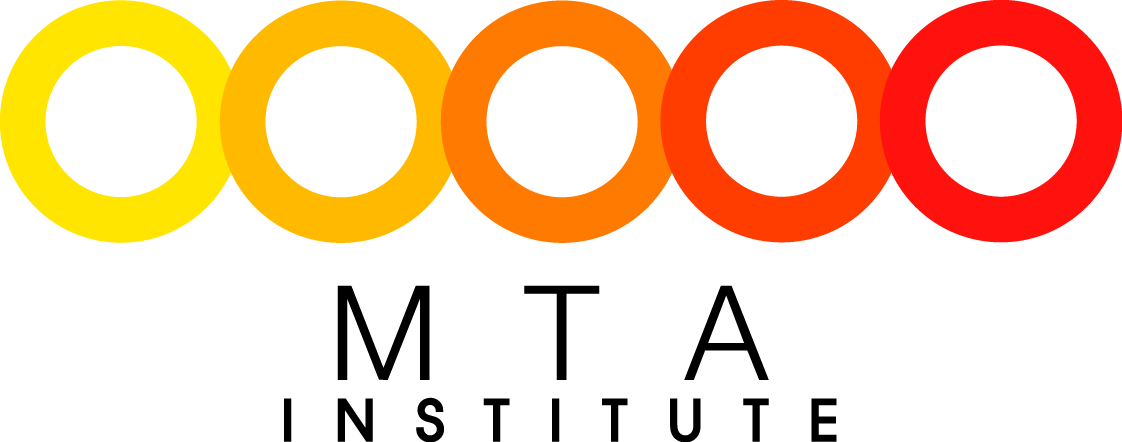As a new student training with MTA Institute, any prior education qualifications or informal evidence you have completed, may be eligible to use towards a Recognition of Prior Learning (RPL) process.
What is Recognition of Prior Learning (RPL)?
RPL is a means of assessing skills gained through previous work, life experiences (i.e. motorsport activities) and qualifications obtained from formal studies or training. This means that you may be able to receive recognition for any competencies you may have acquired, regardless of where or how you acquired them. For example, you may have completed a formal course at a school, a TAFE or you may have acquired them through on-the-job training or even some community work in which you have been engaged.
How can RPL benefit me?
RPL can assist you in reducing the time spent undertaking a qualification by eliminated the need to complete training in skills and knowledge you have already acquired.
What kind of information can be used for RPL? Information can be gathered in many ways and should identify skills and knowledge gained outside of your current apprenticeship which relate to units of competency within the current Qualification being undertaken. It is the type, the amount, and the extent of the evidence you provide in your application that will determine the success of your application.
Examples may include:
- Copies of certificates and results from courses and competencies that you have undertaken and/or completed in a formal training setting.
- A portfolio of evidence that you have compiled, reports you have written, copies of job cards/invoices, samples of your work or references detailing your previous skills or experience.
What steps are involved in RPL?
- If you are interested in applying for RPL, you will receive support from your Trainer/Assessor, who will commence with a competency conversation where the RPL process will be fully explained to you.
- If you wish to pursue an RPL application you will need to complete the necessary paperwork contained in this application and supply all supporting evidence. The onus is on you to gather all relevant information that will act as evidence to support your RPL application. You must satisfy the learning outcomes of the competency/s with proof of your experience/knowledge including where and when you gained this experience/knowledge.
- Complete the RPL application form within 30 days of signing the negotiated training plan.
- Return the RPL application form along with your supporting documentation to your trainer/assessor for formal submission and evaluation.
- After initial evaluation and acceptance of your application and evidence, your trainer/assessor, will contact you and may arrange a formal assessment of your skills and knowledge. It is strongly recommended you undertake some revision of the topics if you are going to be assessed.
- Assessment then follows on the agreed date/time. Assessment will be an actual test on your ability to undertake a particular practical task/s and your level of knowledge according to industry standards.
It is the role of the trainer/assessor to screen and evaluate the evidence for your RPL, and only then will they forward your application to head office for final approval.
This evidence must:
- Link directly to the applicant
- Relate to the learning outcomes of the competency/s selected
- Provide proof of experience/knowledge
- Specify where and when this experience/knowledge was gained
- Relate to skills/experience gained outside the current apprenticeship
Once the evidence is screened and evaluated, the trainer/assessor is required to identify which documents relate to which competencies. This information is then recorded in the supporting document column in Section 3 of this application.
What evidence is required?
In accepting an RPL application, the amount of evidence presented should overwhelmingly indicate that competency should exist. If the evidence is weak, it may be more appropriate to use the evidence presented for accelerated learning purposes.
It is recognised that not all evidence is the same and some evidence holds more or less value than others. In accepting this, two approaches have been adopted:
Primary evidence: Relates to an older completed automotive qualification, or part thereof, where units have been assessed as competent. A Statement of Attainment (unless the qualification content is known) is necessary to identify units by title as they link to the units in the current qualification.
Evidence required includes:
- A Qualification with a Statement of Attainment; AND
- Current Resume. This must be screened by the trainer/assessor to ensure continual industry involvement. Further evidence may be requested if doubt exists, see below.
Secondary evidence: The following must apply when primary evidence is not attainable. It is important when providing secondary evidence the documentation reflects a period of work within the last 24 months to ensure currency of skills and knowledge.
Evidence required includes items relating to each unit selected – each piece of evidence may contain components that address a number of units chosen. The evidence must be screened and may include, but is not limited to:
- Copies of job cards;
- Repair orders or invoices;
- Related certificates or SOAs (MEM);
- Written references from past employers that must include workplace tasks completed in employment);
- Samples of work;
- A current portfolio or CV;
- Previous log books and other records;
- Attendance at industry/manufacturer courses or trade training;
- Certified photos or videos;
- Workplace training records;
- Previous job specifications or position descriptions.

